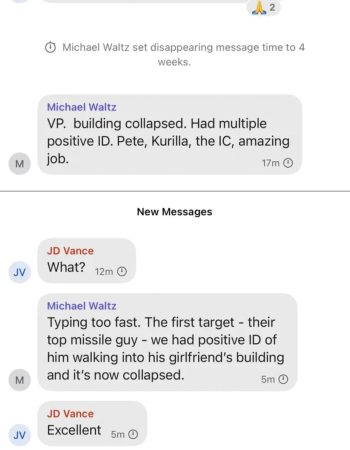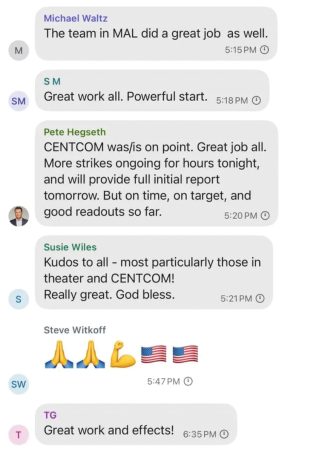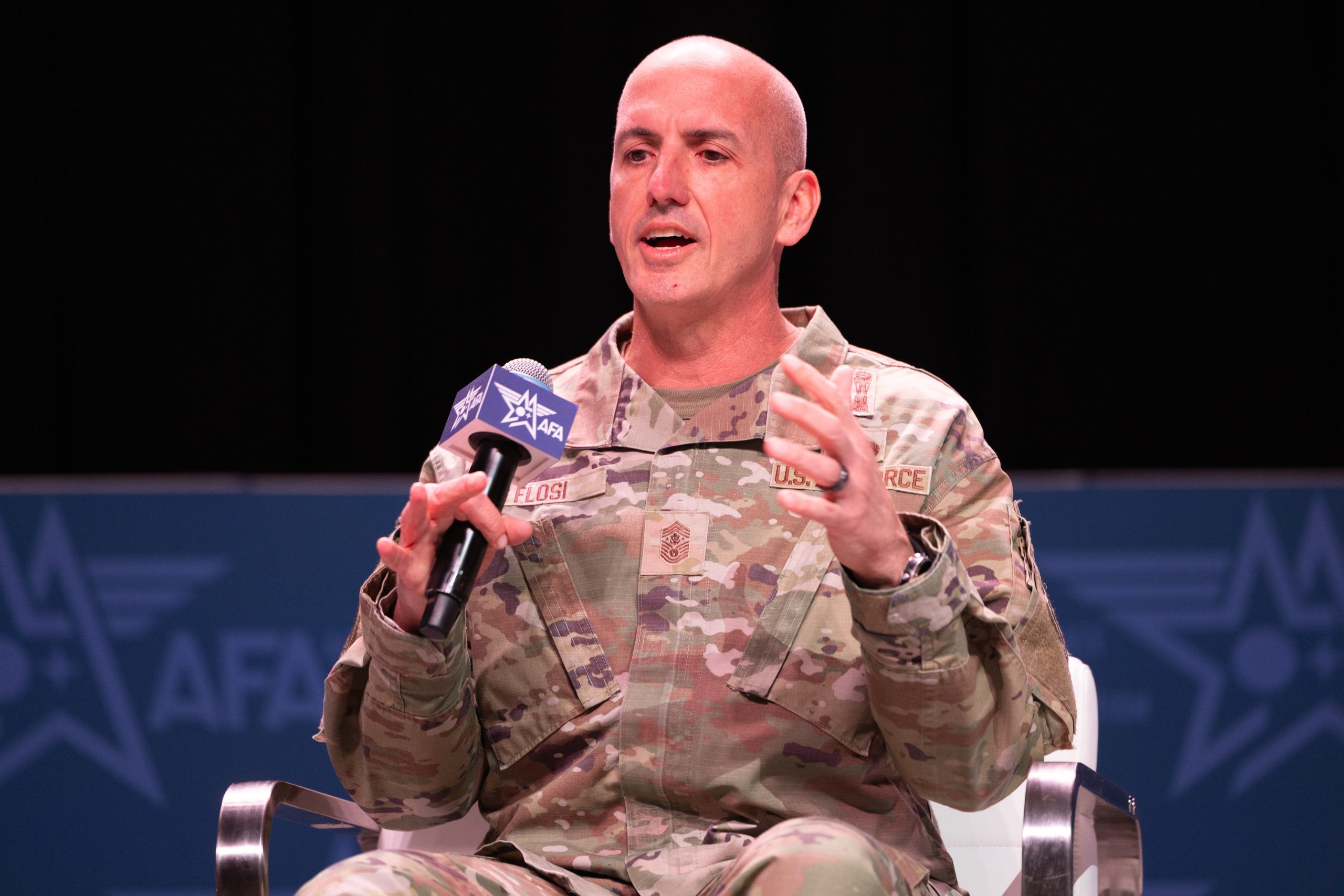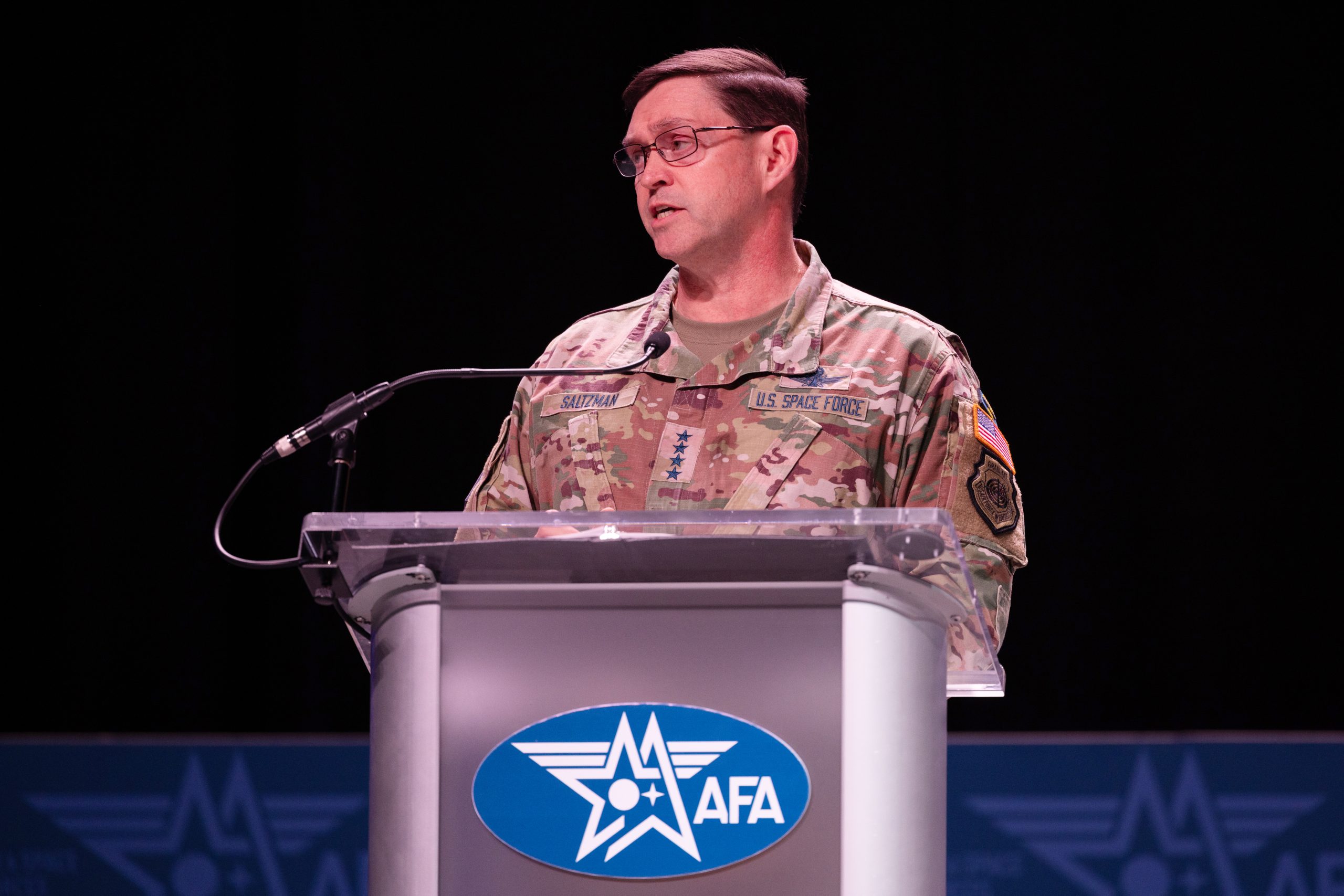War Plans …
“The world found out shortly before 2 p.m. Eastern time on March 15 that the United States was bombing Houthi targets across Yemen. I, however, knew two hours before the first bombs exploded that the attack might be coming. The reason I knew this is that Pete Hegseth, the Secretary of Defense, had texted me the war plan at 11:44 a.m.”
—Jeffrey Goldberg, editor in chief of The Atlantic, in a bombshell article disclosing how top national security officials inadvertently added him to a group chat on the app Signal and discussed sensitive topics.
… Not War Plans
“I think they should make sure it never happens again. I wish they’d tell us, ‘It will never happen again.’ It’s the first strike in the early stages of an administration. I don’t know how many strikes you get. In baseball, you get three. Maybe this is worth two.”
—Defense Secretary Pete Hegseth to reporters in Hawaii.
Strike Two
“I think they should make sure it never happens again. I wish they’d tell us, ‘It will never happen again.’ It’s the first strike in the early stages of an administration. I don’t know how many strikes you get. In baseball, you get three. Maybe this is worth two.”
—Sen. Kevin Cramer (R-N.D.), a member of the Senate Armed Services Committee.
Back in My Day…

“A mentor of mine … was having a conversation at the Air Force Academy just last week, talking about this F-15 that he flew back in 1991-ish. And they’re still flying that same airplane, so that’s 34 years ago. And he reflected: What if in 1990 when he graduated from the Air Force Academy, he was having a conversation with someone about the airplanes that were 34 years before that? He would’ve been talking about P-51s. And if you can imagine having a discussion about flying P-51s, F-86s, F-100s, et cetera, in 1990, that would have been unimaginable. But here we are 30 years later and we’re still flying the same airplanes.”
—Maj. Gen. Joseph Kunkel at AWS.
Mission Ready
“A mission-ready Airman doesn’t mean that we’re no longer focused on our technical expertise. Actually, quite the opposite. We need your technical expertise in that core baseline, but we don’t want to constrain our Airmen to that. We want to start exercising and aligning around an assigned mission and taking a small team that’s multi-capable, maybe expertise at the one or two each, but then with a common understanding of what everybody brings to the fight, where our strengths and weaknesses are, and how we can adjust quickly to go execute that assigned mission.”
—CMSAF David Flosi at the AFA Warfare Symposium.
Generally Speaking
“We won World War II with seven four-star generals. Today we have 44. Do all of those directly contribute to warfighting success? Maybe they do. I don’t know, but it’s worth reviewing to make sure they do.”
—Defense Secretary Pete Hegseth at a town hall of DOD personnel on Feb. 7, speaking on topics including deterring China and slashing Pentagon waste.
Guardian Superiority
“We must simultaneously be ready to defend American spacepower as well as to protect our forces against hostile spacepower because that is the true essence of space superiority, which is the formative purpose of the U.S. Space Force. Space superiority is the fundamental difference between a civil space agency and a warfighting space service. It is the distinction between a company’s employees operating commercial satellites and Guardians conducting combat operations to achieve joint objectives. If you want to understand the evolution from Air Force Space Command into Space Force, it all comes down to this fundamental shift. It is now our job to contest and control the space domain, to fight and win so that we assure freedom of access for our forces while denying the same to our adversaries.”
—CSO Gen. B. Chance Saltzman at the AFAWarfare Symposium.




